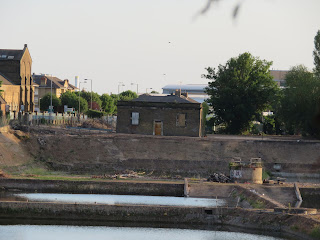Major greenbelt application from Chessington World of Adventures 24/03150

Yet another major application in the Greenbelt from Chessington World of Adventures see 24/03150 is under consideration. 'Demolition and removal of rides, buildings and structures. One existing ride to be retained and rethemed and repositioned. Erection of new buildings and structures to provide a new themed land including a part indoor and outdoor rollercoaster, indoor children's ride, themed play areas along with associated buildings for various purposes, structures, landscaping, infrastructure above and below ground and other works'. Tree grave...




